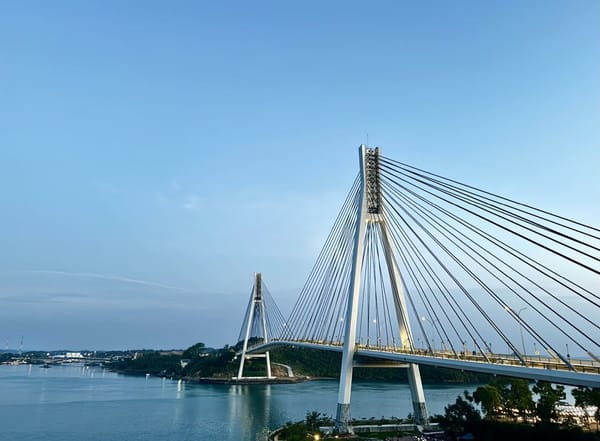Equinix unveils JK1 data centre in Jakarta
Eight-storey facility in the heart of the central business district.

Equinix unveiled its JK1 data centre in Jakarta on Thursday, an eight-storey data centre in the heart of the CBD.
JK1 is a joint venture with Astra International, one of Indonesia's biggest publicly traded companies.
Equinix JK1
Here's what we know about the new data centre, which Equinix says is designed and built with sustainability in mind.
- Greenfield eight-storey facility.
- Uses its "Cooling Array" fan wall.
- Support for liquid cooling.
- PUE of 1.41 at full load*.
- Operates within ASHRAE A1A.
The current Phase 1 offers 550 cabinets. Phase 2 will be much larger with the addition of another 1,050 cabinets, bringing it to its total capacity of 1,600 cabinets.
Equinix says its data centre in Indonesia will be fully covered by renewables through the purchase of renewable energy credits (REC).
*This isn't meaningful as no data centres, even AI data centres, operate at full load all the time.
What caught my interest
JK1 is of particular interest because it was announced in Oct 2022, a month before the public release of ChatGPT and our headlong rush into AI.
Here's what caught my attention about JK1:
- While the press release mentioned liquid cooling and AI workloads, the fact sheet tells a different story, with power and cooling density pegged at 4-6kW per rack. Its floor loading is also tame at 12kN/m2, lower than SG5's 15kN/m2 (launched 2021).
- It was scheduled to open by 2H 2024. It's May 2025 now. Was the facility delayed? Equinix danced around it with language such as "unveil" and "inaugurate" in its release - and never once using "launch." You decide.
- JK1 will operate within ASHRAE A1A, which stipulates an allowable range of 15°C to 32°C - above the industry average. This is one modern data centre that incorporates the latest in data centre design and operations.
- The fact sheet also highlighted something surprising: JK1 uses air-cooled chillers, which typically don't use water or evaporation for cooling^. However, this makes sense as Jakarta is facing a mounting water crisis.
^Trade-off is higher power use.
New wave of data centres
As AI proliferates, it is slowly but surely transforming how the next generation of data centres are designed and built.
Yet if one were to take Equinix's JK1 data centre as a bellwether, pervasive liquid cooling and extreme-density racks don't appear to be a key business driver right now.
On the other hand, data centres built for the realities of regional climates and localised resource constraints are what’s driving design choices on the ground today.




